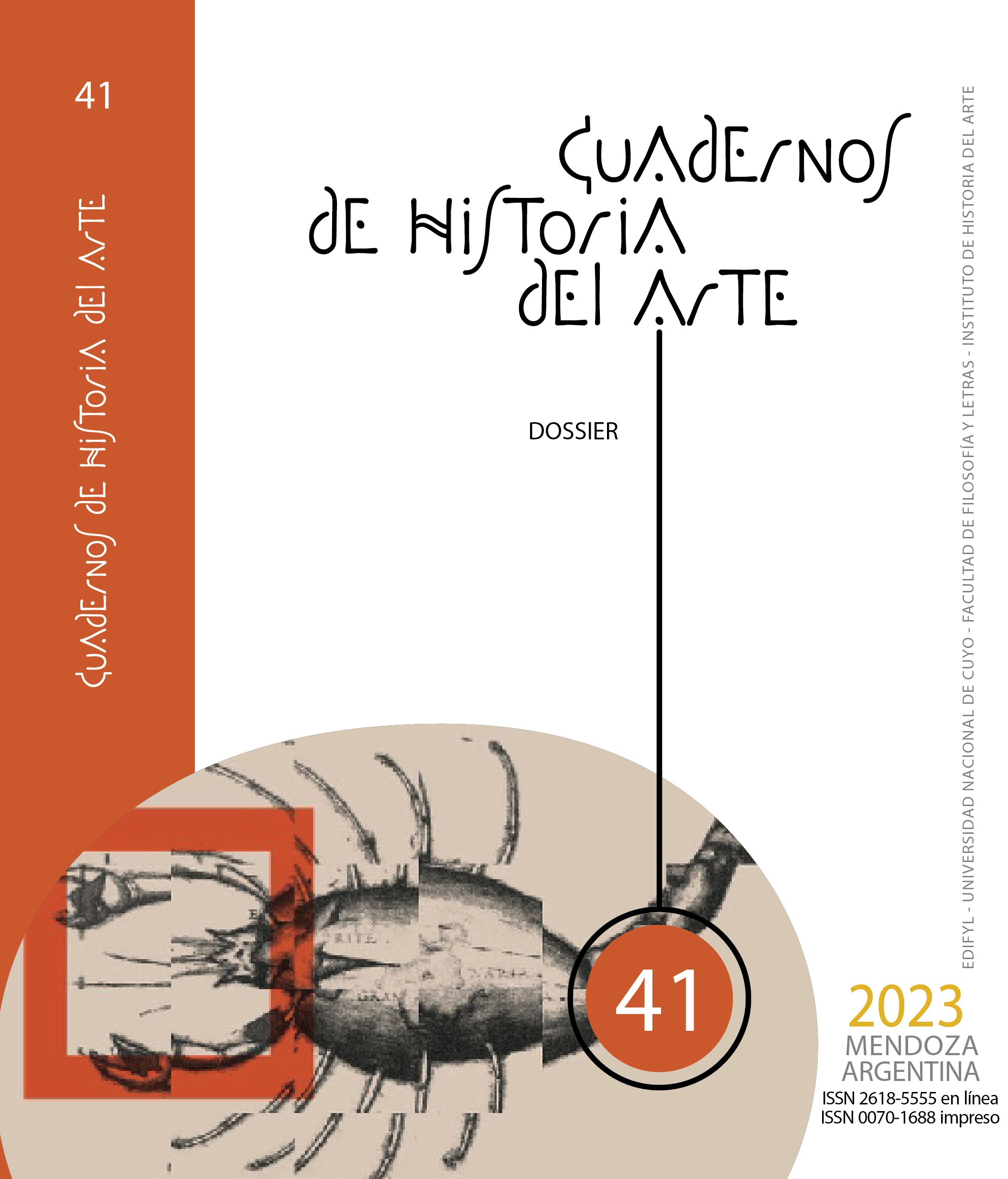From Lilith to Eva Perón
The prefiguration of female stereotypes in the musical work of Andrew Lloyd Webber
DOI:
https://doi.org/10.48162/rev.45.009Keywords:
musical, woman, stereotypes, VictorianismAbstract
Throughout the History of Art, we find a clear difference between the two female stereotypes represented: the femme fatale, heir to Lilith, and the virginal madonna, who finds her biblical namesake in Eva. Audiovisual culture has appropriated this iconography, perpetuating the archetypes throughout the centuries. At the end of the seventies, twenty years after the death of Eva Perón, the composer Andrew Lloyd Webber, together with the lyricist Tim Rice, explores the tumultuous existence of a woman who went from being a femme fatale to being canonized by part of the Argentine population. Our proposal aims to highlight the nineteenth-century origin of the feminine archetypes that will be maintained throughout the work of this composer.
References
Amado, Ana. La imagen justa: cine argentino y política, 1980-2007.BuenosAires, EdicionesColihue SRL, 2009.
Auerbach, Nina. Woman and the Demon: The Life of a Victorain Myth.Massachusetts, Harvard University Press, 1982.
Bornay, Eryka. Las Hijas de Lilith.Madrid, Cátedra, 2020
Citron, Stephen. Sondheim and Lloyd Webber: The New Musical. New York, Oxford University Press, 2001
Gorham, Deborah. The victorian girl and the feminine ideal. London, Routledge, 1982.
Griffin, Ben. The Politics of Gender in Victorian Britain. Msculinity, political culture and the struggle for women's rights. New York, Cambridge University Press, 2012
Grossman, Julie. Rethinking the Femme Fatale in Film Noir. Ready for Her Close-Up. Hampshire: Palgrave Macmillan, 2009
Lloyd Webber, Andrew. Unmasked: A Memoir. London, HarperCollins Publishers Ltd, 2018.
López Badano, Cecilia. Evita Perón y el Che Guevara. De la historia a la construcción literaria del mito biográfico. História, 3(1), 2014.
Lowerre, Kathryn. Fallen Woman Redeemed: Eliot, Victorianism, and Opera in Andrew Lloyd Webber’s Cats. Journal of Musicological Research (23), 2004.
Martínez, Tomás Eloy. Santa Evita. Buenos Aires, Planeta, 1995.
Milton, John. Paradise Lost. Inglaterra, 1667. https://milton.host.dartmouth.edu/reading_room/pl/book_9/text.shtml
Moran, Maureen. Victorian Literature and Culture. London, Continuum International Publishing Group, 2006.
Pavés, Gonzalo. El cine negro de la RKO, en el corazón de las tinieblas. Adrid, T&B Editions, 2003.
Place, Janey. Women in Film Noir. In Kaplan, E. Ann (Ed.), Women in Film Noir. London, Palgrave Macmillan, 1998.
Powell, Kerry. Women and Victorian Theatre. Cambridge, Cambridge University Press, 1997.
Rendall, Jane. The Origins of Modern Feminism: Women in Britain, France and the United States 1780-1860. New York, Palgrave, 2001.
Richardson, Angelique& Willis, Chris. The New Woman in Fiction and in Fact. New York, Palgrave Macmillan, 2002.
Seaman, L. B. C Victorian England. Aspects of English and Imperial History 1837–1901. London, Routledge, 1973.
Taine, Hippolyte. Notes on England. New York, Henry Holt and Company, 1885.
VV.AA. La Memoria Filmada. Historia socio-política de América Latina a través de su cine. La visión desde América del Norte (Vol. II). (M. D. Murillo, Ed.) Madrid, IEPALA EDITORIAL, 2009.
Walkowitz, Judith. R. City of Dreadful Delight: Narratives of Sexual Danger in Late- Victorian London. Chicago, University of Chicago Press, 1992.
Downloads
Published
How to Cite
Issue
Section
License
Copyright (c) 2023 Virginia E. Higueras Rodríguez

This work is licensed under a Creative Commons Attribution-NonCommercial-ShareAlike 3.0 Unported License.
Los artículos enviados al Comité Editor del Instituto de Historia del Arte, para ser publicados, los autores reservan su derecho de propiedad, pero otorgan a la Editorial los derechos de impresión y aceptan la difusión tanto en papel, como en internet y en aquellos sitios virtuales de las cuales los CHA formen parte.

Esta obra está bajo una Licencia Creative Commons Atribución-NoComercial-CompartirIgual 3.0 No portada


















_00.07_.55_2.png)





